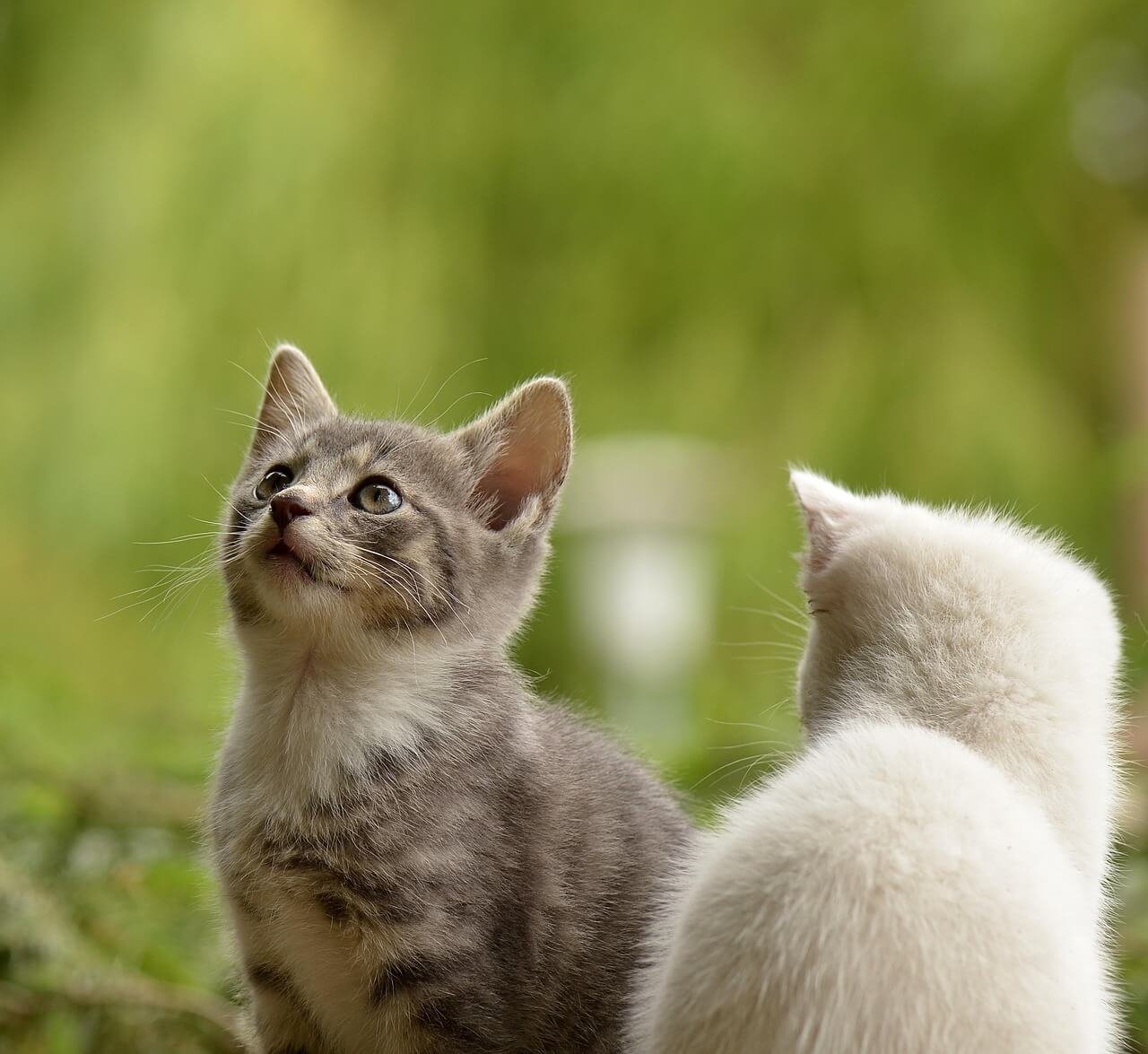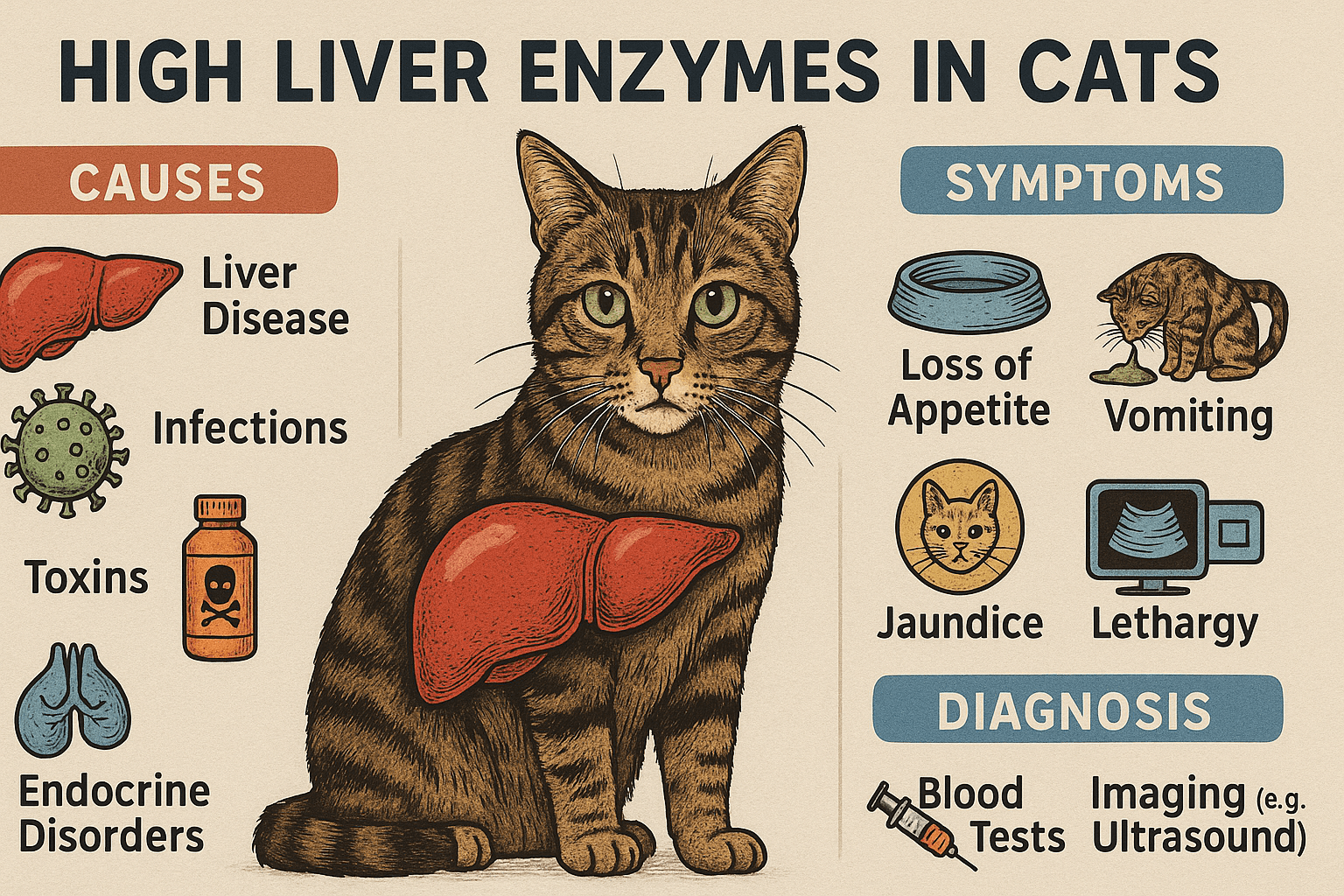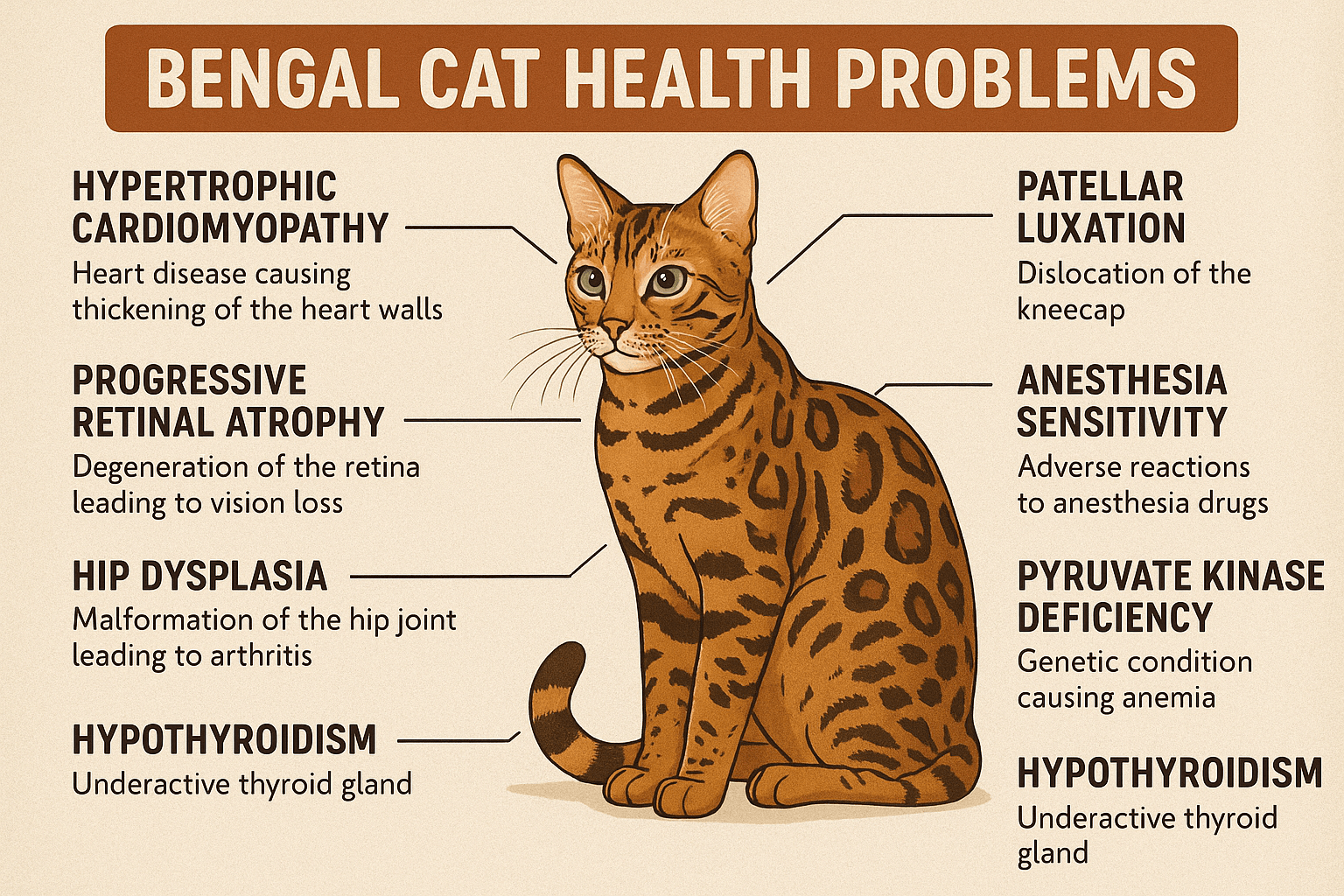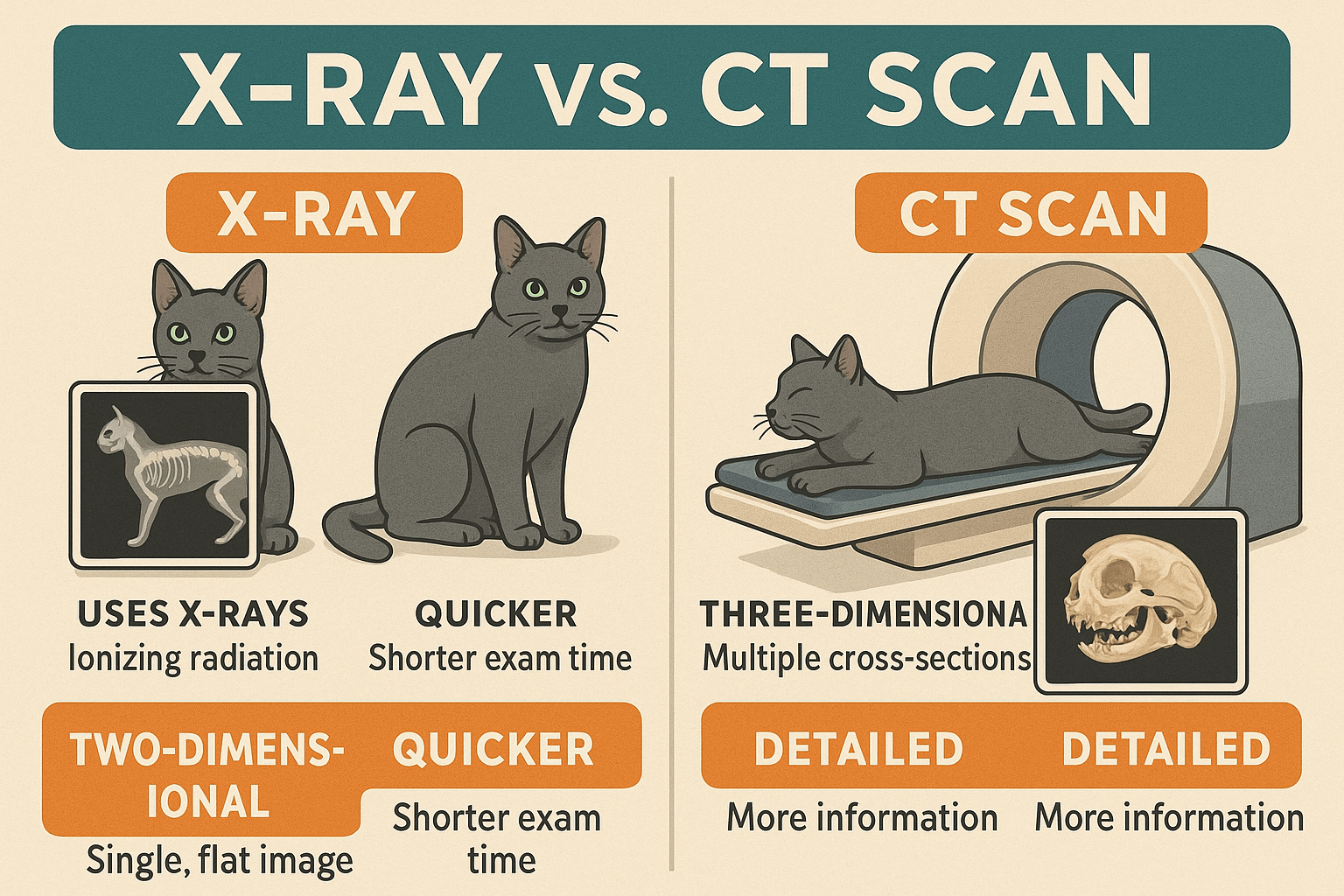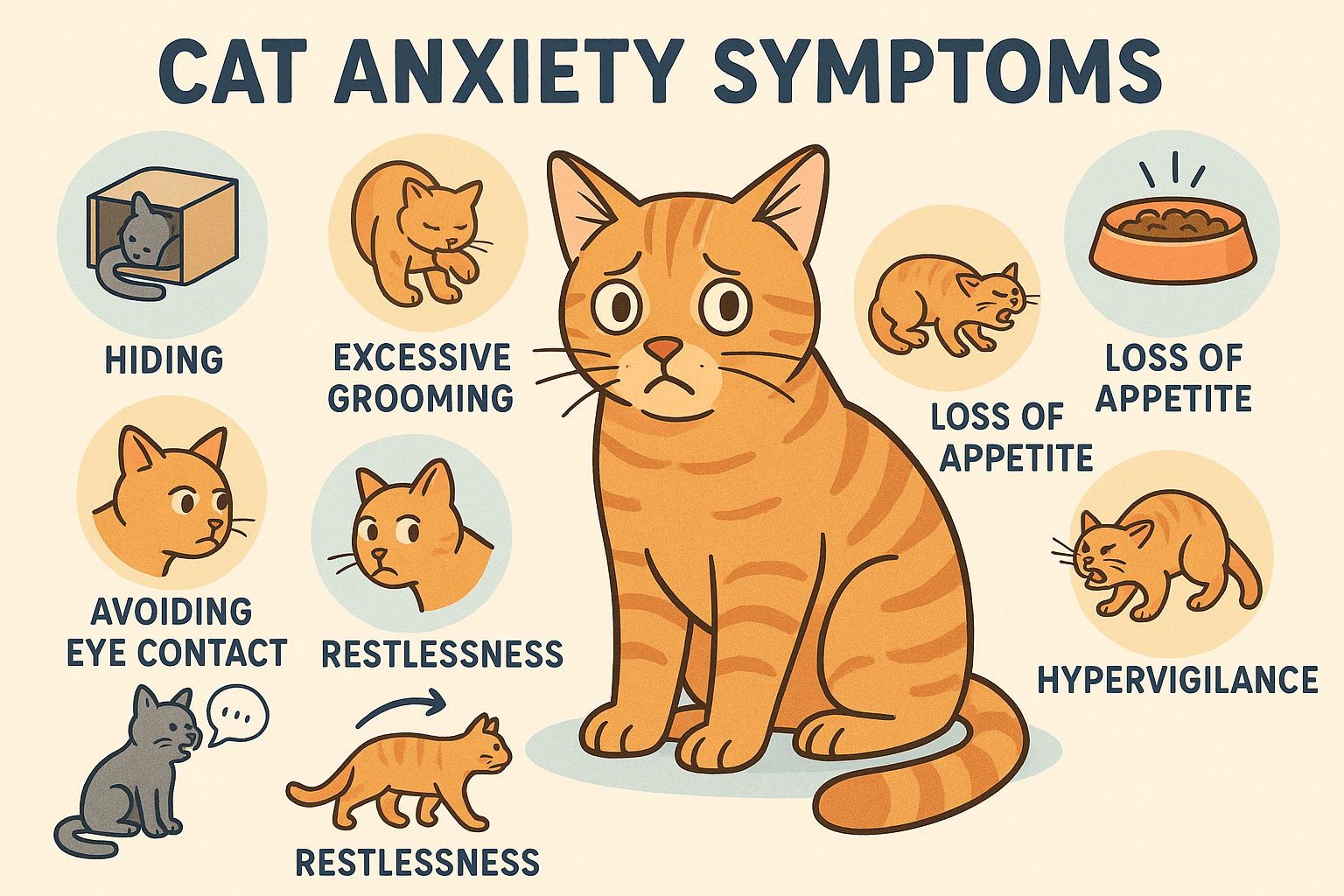Tachypnea in Cats: Understanding Rapid Breathing and What It Means
If you’ve noticed your cat breathing faster than usual, you might be concerned about their health. This condition, known as tachypnea, refers to rapid or labored breathing and can indicate a variety of underlying issues. While occasional fast breathing may not always be cause for alarm, persistent tachypnea should never be ignored. In this article, we’ll explore the causes, symptoms, and treatment options for tachypnea in cats. We’ll also provide practical advice on how to recognize when your cat needs veterinary attention and what steps you can take to support their respiratory health.
Why Is My Cat Breathing So Fast? Common Causes of Tachypnea
Tachypnea in cats can stem from a wide range of factors, including environmental stressors, infections, or chronic conditions. Identifying the root cause is crucial for effective treatment. Here are some common causes of rapid breathing in cats:
Respiratory Infections :
Viral or bacterial infections like feline herpesvirus or pneumonia can lead to difficulty breathing.Heart Disease :
Conditions such as hypertrophic cardiomyopathy can affect the heart’s ability to pump blood efficiently, causing rapid breathing.Anemia :
Low red blood cell count reduces oxygen delivery, forcing the cat to breathe faster to compensate.Heatstroke or Overheating :
Exposure to high temperatures can result in heat-related stress and rapid panting.Stress or Anxiety :
Emotional distress, such as during vet visits or loud noises, can temporarily increase breathing rates.
Understanding these potential triggers can help you monitor your cat’s health more effectively. If you suspect any of these causes, consult your veterinarian promptly for diagnosis and care.
Recognizing the Signs: How to Identify Tachypnea in Your Cat
Detecting tachypnea early is essential for addressing its underlying causes. While some symptoms may seem subtle, others are more obvious indicators of respiratory distress. Here’s what to look for:
Rapid Breathing Without Exertion :
Noticeable increase in breaths per minute while resting, often over 30–40 breaths per minute.Open-Mouth Breathing :
Cats typically breathe through their noses; open-mouth breathing is a red flag.Labored Breathing :
Visible effort in expanding the chest or abdominal movements during inhalation.Coughing or Wheezing :
Persistent coughing or unusual sounds during breathing may accompany tachypnea.Lethargy or Weakness :
Reduced energy levels or reluctance to move can signal respiratory discomfort.
If you observe these symptoms, it’s important to act quickly. Early intervention can prevent complications and improve your cat’s quality of life.
Check this guide 👉Cat Snoring While Awake: Best 7 Expert Tips!
Check this guide 👉The Curious Case of Heavy Breathing in Cats: Best 7 Tips!
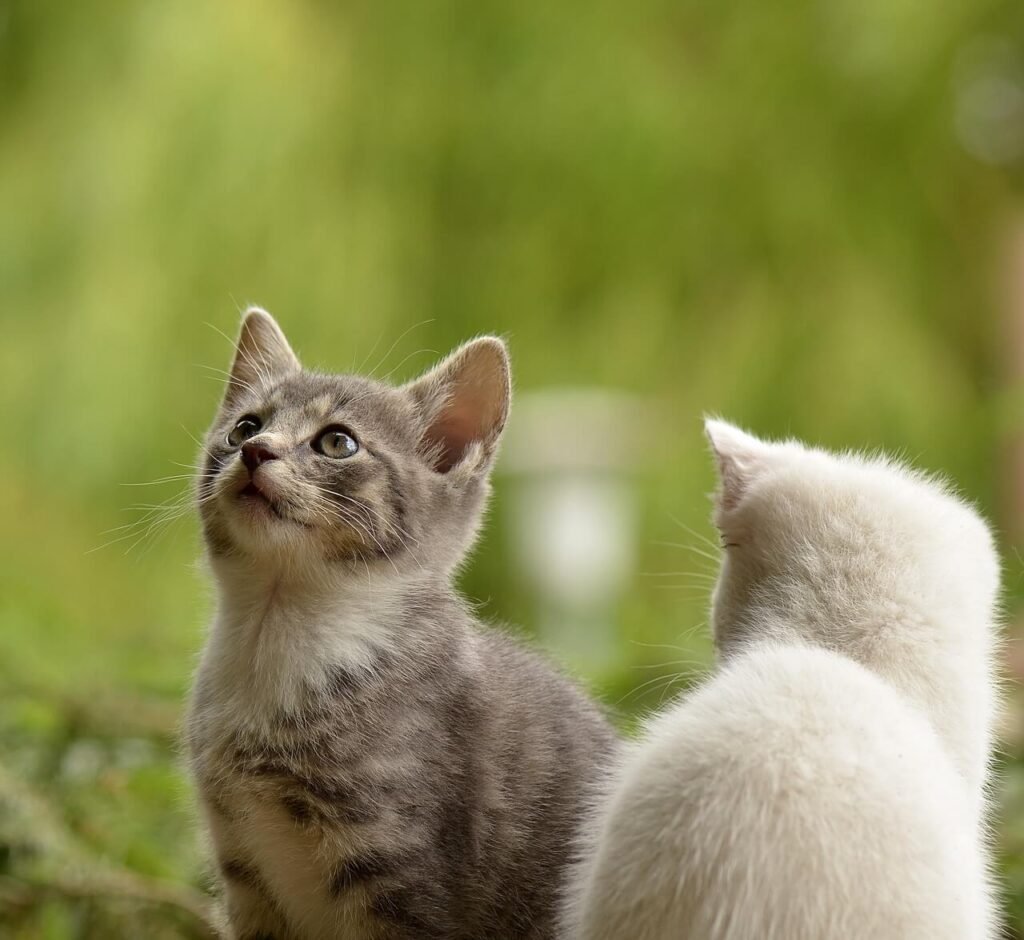
Causes of Tachypnea in Cats | Signs to Watch For |
|---|---|
Respiratory infections | Rapid breathing at rest |
Heart disease | Open-mouth breathing |
Anemia | Labored or shallow breathing |
Heatstroke or overheating | Coughing or wheezing |
Stress or anxiety | Lethargy or weakness |
What Happens at the Vet: Steps to Diagnose Tachypnea
When you bring your cat to the veterinarian for suspected tachypnea, several diagnostic tests may be performed to pinpoint the cause. These evaluations ensure accurate identification of the issue and appropriate treatment planning. Here’s what typically happens during a vet visit:
Physical Examination :
The vet will assess your cat’s overall condition, listening to their heart and lungs.Blood Tests :
Bloodwork helps identify anemia, infections, or other systemic issues affecting breathing.X-Rays or Ultrasound :
Imaging studies reveal abnormalities in the lungs, heart, or chest cavity.Oxygen Saturation Testing :
A pulse oximeter measures oxygen levels in the blood to evaluate respiratory efficiency.Temperature Check :
Elevated body temperature may indicate fever or heat-related stress.
These diagnostic tools provide valuable insights into your cat’s health, enabling the vet to create a tailored treatment plan. Be prepared to share details about your cat’s behavior and environment to assist in the diagnosis.
Managing Tachypnea: Treatment Approaches for Your Cat
The treatment for tachypnea depends on its underlying cause. Once diagnosed, your veterinarian will recommend a course of action to address the specific issue. Here are some common treatment approaches:
Antibiotics for Infections :
Bacterial infections require prescribed antibiotics to clear the illness.Medications for Heart Conditions :
Drugs like diuretics or beta-blockers may be used to manage heart disease symptoms.Supplemental Oxygen Therapy :
Cats with severe respiratory distress may need oxygen support until stabilized.Cooling Measures for Heatstroke :
Gradual cooling techniques, such as wet towels, help lower body temperature safely.Stress Reduction Techniques :
Calming pheromone diffusers or quiet spaces reduce anxiety-related tachypnea.
With proper care and follow-up, many cats recover well from episodes of tachypnea. Always adhere to your vet’s recommendations for the best outcome.
Proactive Measures: How to Reduce the Risk of Rapid Breathing
While not all cases of tachypnea can be prevented, there are steps you can take to minimize the risk and keep your cat’s respiratory system healthy. Prevention focuses on addressing potential triggers and maintaining a safe environment. Here are some practical tips:
Maintain a Stress-Free Environment :
Provide hiding spots, quiet spaces, and routines to reduce anxiety and stress.Keep Your Cat Cool :
Ensure proper ventilation and access to fresh water during hot weather to prevent overheating.Regular Vet Check-Ups :
Routine health screenings can catch underlying conditions like heart disease or anemia early.Monitor for Respiratory Issues :
Watch for signs of coughing, sneezing, or nasal discharge, which may indicate infections.Avoid Exposure to Toxins :
Keep your home free of harmful substances like smoke, cleaning chemicals, or plants toxic to cats.
By taking these preventive measures, you can help protect your cat from common causes of tachypnea. Prevention is always better than dealing with an emergency later.
Helping Your Cat Heal: Post-Treatment Care Tips
If your cat has been treated for tachypnea, their recovery period is crucial for ensuring long-term health. Providing supportive care at home can speed up healing and reduce the likelihood of recurrence. Here’s how you can assist your cat during this time:
Follow Medication Instructions :
Administer prescribed medications exactly as directed by your veterinarian.Create a Calm Space :
Designate a quiet, comfortable area where your cat can rest undisturbed.Monitor Breathing Patterns :
Keep track of your cat’s breathing rate and report any abnormalities to your vet.Encourage Hydration :
Offer fresh water regularly to keep your cat hydrated and support respiratory function.Limit Physical Activity :
Restrict strenuous play or exercise until your cat has fully recovered.
With attentive post-treatment care, your cat can regain their strength and return to normal activities sooner. Always stay in touch with your vet to ensure a smooth recovery process.
Decoding Breathing Patterns: What’s Healthy and What’s Not?
It’s important to know the difference between normal breathing and signs of distress in cats. This knowledge allows you to act quickly if something seems off. Here’s how to distinguish between healthy and abnormal breathing patterns:
Normal Resting Breathing :
A relaxed cat takes 20–30 breaths per minute with little visible effort.Abnormal Rapid Breathing :
Breathing rates above 40 breaths per minute while resting signal potential issues.Noisy Breathing :
Wheezing, gurgling, or snorting sounds often indicate airway obstructions or infections.Flared Nostrils :
Cats struggling to breathe may flare their nostrils to take in more air.Blue Gums or Tongue :
Cyanosis (bluish discoloration) indicates severe oxygen deprivation and requires immediate attention.
Understanding these differences empowers you to recognize problems early and seek timely veterinary care. Remember, your cat relies on you to notice when something isn’t right.
Frequently Asked Questions About Tachypnea in Cats
How do I know if my cat’s breathing is normal?
Normal resting breathing rates for cats are 20–30 breaths per minute. Anything above that warrants monitoring.
Can stress alone cause tachypnea?
Yes, emotional stress can temporarily increase breathing rates, but it usually resolves once the stressor is removed.
Is tachypnea the same as panting?
Not exactly—panting involves open-mouth breathing, while tachypnea refers specifically to rapid breathing.
When should I take my cat to the vet for tachypnea?
Seek immediate veterinary care if your cat shows labored breathing, open-mouth breathing, or lethargy.
Can tachypnea be prevented?
Regular vet check-ups, maintaining a stress-free environment, and avoiding extreme temperatures can help minimize risks.
Final Thoughts: Staying Vigilant for Your Cat’s Respiratory Health
Tachypnea in cats is a serious symptom that requires careful observation and timely intervention. By understanding the causes, recognizing the signs, and seeking professional guidance, you can ensure your feline companion receives the care they need. Remember, even minor changes in your cat’s breathing patterns shouldn’t be overlooked. With vigilance, compassion, and proactive measures, you can safeguard your cat’s respiratory health and give them the happy, healthy life they deserve. Stay attentive, and don’t hesitate to reach out to your veterinarian whenever you have concerns—it’s always better to be safe than sorry.
High Liver Enzymes in Cats: Best 7 Expert Tips! Discover causes, symptoms, and treatment options for elevated liver enzymes in cats. Learn how to support your cat’s liver health effectively.
Bengal Cat Health Problems: Best 7 Expert Tips! Discover expert advice on common Bengal cat health issues, preventive care, and tips to keep your feline friend healthy and happy for years to come.
X-Ray vs CT Scan for Cats: Best 7 Expert Tips! Discover key differences, benefits, and expert advice on choosing the right imaging method for your cat’s health needs.
Cat Anxiety Symptoms: Best 7 Expert Tips! Discover signs of feline stress, effective calming strategies, and expert advice to help your cat feel safe, happy, and relaxed at home.

